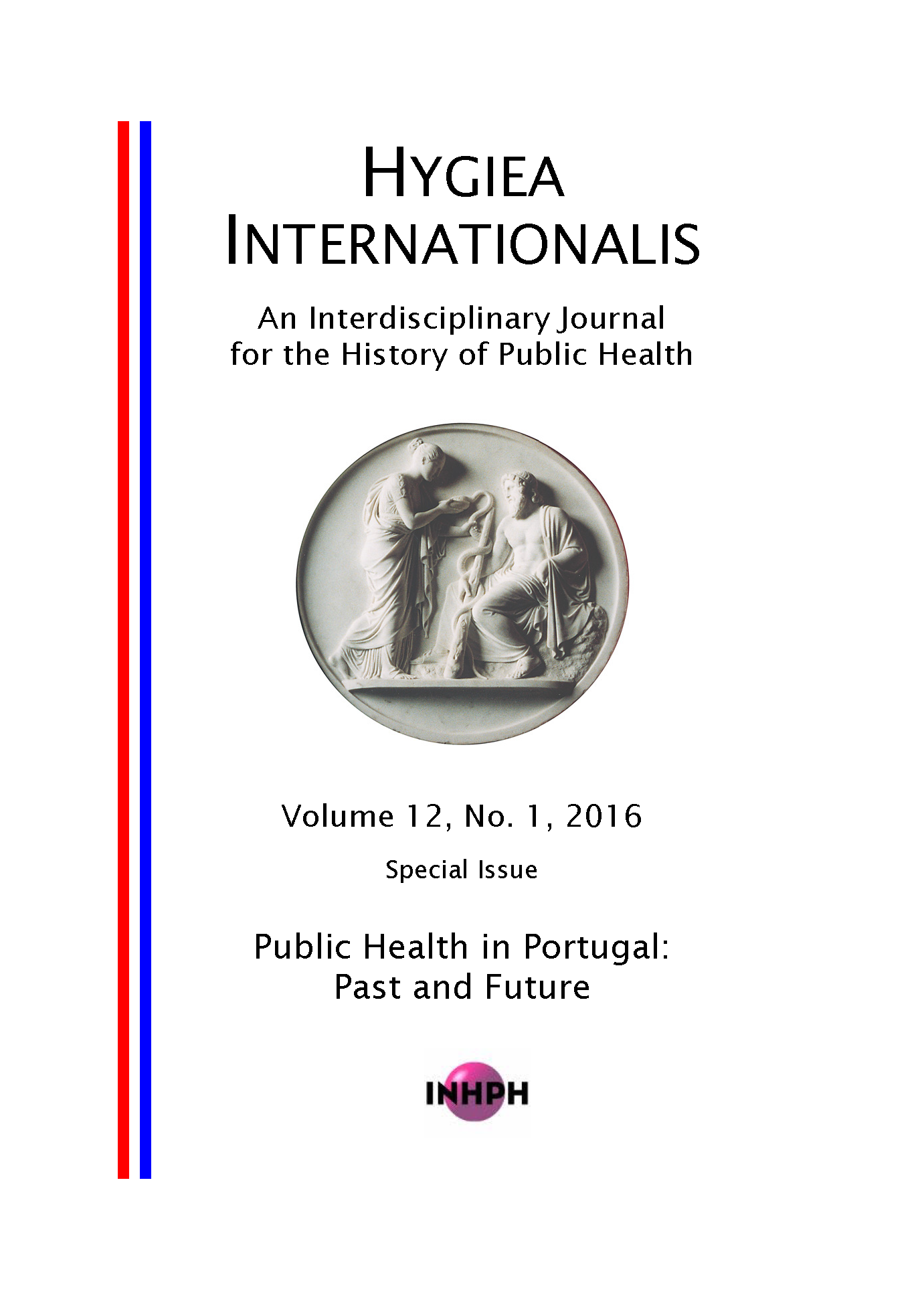Demographic and Health Changes in Portugal (1900-2013)
DOI:
https://doi.org/10.3384/hygiea.1403-8668.161219Keywords:
Demographic transitions, Epidemological Transition, Mortality, AgeingAbstract
These paper seeks to improve our knowledge of Portuguese epidemiological and demographic change through the twentieth century up until nowadays. Demographic Transition, as defined by Warren Thompson (1929), occurred in Portugal, much later than in other developed countries. Economic, Political, cultural, religious and social causes delayed the beginning of decline of both mortality and fertility.Our aim is to develop the Demographic change with a focus in mortality. In the beginning of the twentieth century, short and instable life cycle marked population day-to-day and threw infant and general mortality to highest levels and life expectancy to one of the Europeans shortest one. Epidemiological transition occurred and today, Portugal has one of the lowest infant mortality and life expectancy has more than doubled. As in the majority of post-transition countries, Portugal is ageing, and today, is in the top countries with the lowest fertility rate and with the highest rate of old population.
Downloads
Published
How to Cite
Issue
Section
License
Copyright (c) 2016 the Author(s)

This work is licensed under a Creative Commons Attribution-NonCommercial 4.0 International License.






